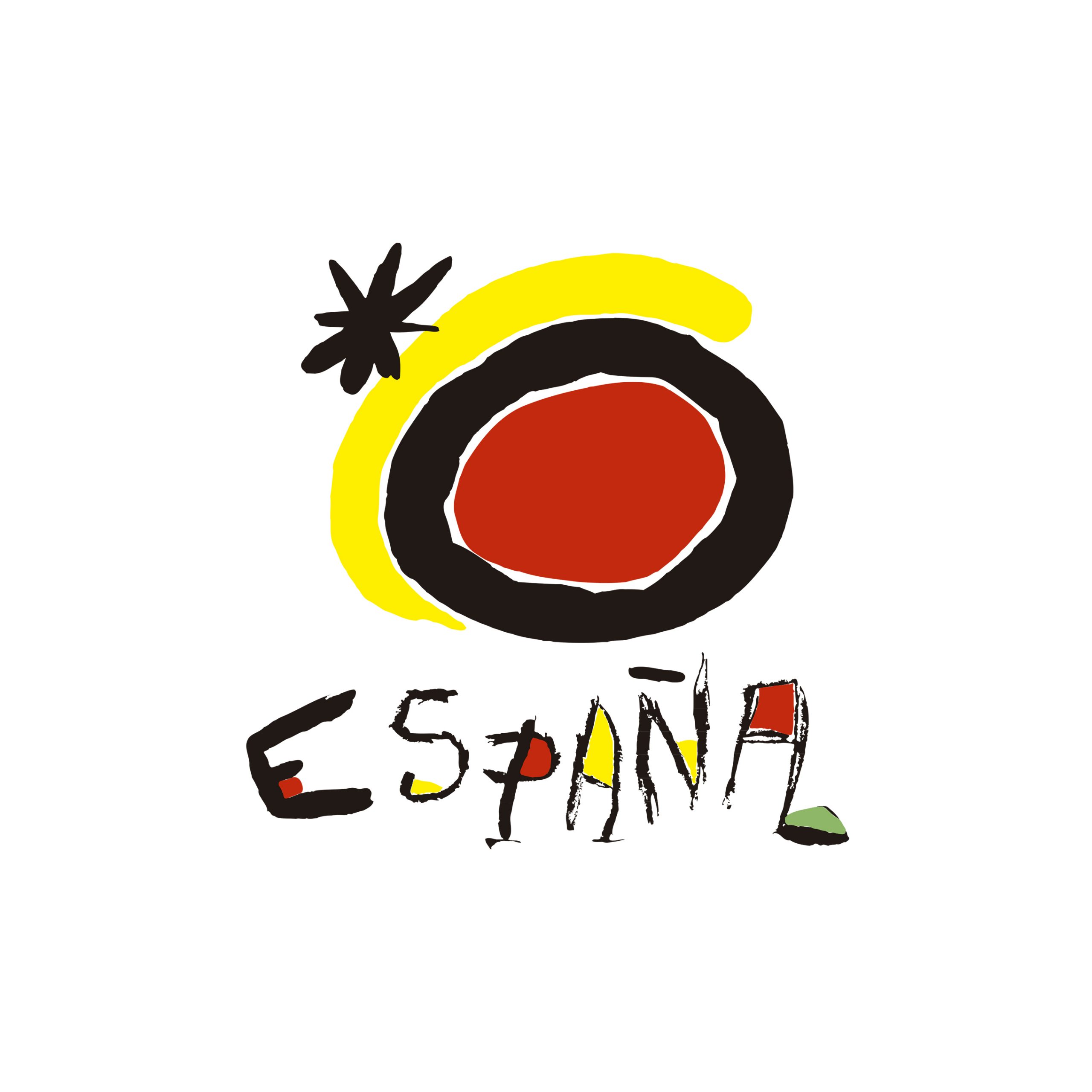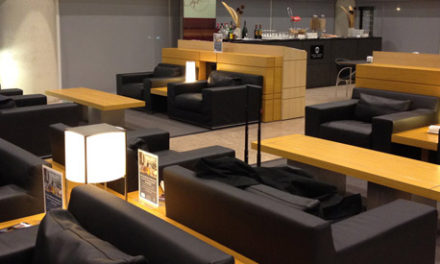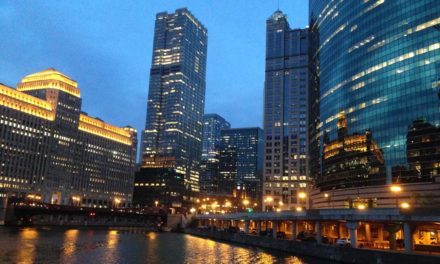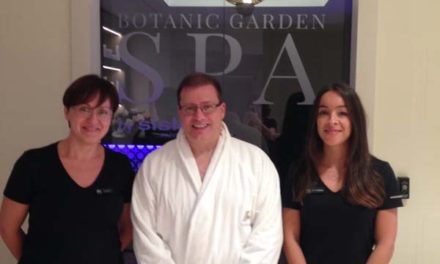When planning the food and beverage for any event, planners should know several items about event catering in order to ensure a successful program.
Here’s How:
1. Know Your Guest Profile
What is the profile of the guests being invited to the event? For example, most business people attend many events throughout the year, and “rubber chicken circuit” is a common food and beverage phrase in the political, business and fundraising circles (and others). To prevent your event from having this description, consider the following:
- The professional level of your guest.
- The frequency your guest attends similar events.
- The location where guests reside.
- The ethnic background of your guests.
2. Know Your Guest Preferences
Understanding the profile of your guest, this allows the event planner to begin considering what food and beverage options to offer for the selected menu. The following will help you better plan to meet their needs:
- Older groups of attendees may prefer a milder menu.
- Attendees concerned about health may prefer more seafood and vegetables options.
- Younger or middle-aged attendees may prefer spicier, more adventurous meals.
The idea here is to consider what your guests will enjoy the most based on the type of event you are planning and the event catering should reflect this.
3. Provide Menu Choices
Anyone planning an event should offer several choices so that all guests will be pleased with what’s available. Some general guidelines:
- Offer at least two choices of entrees (three is better).
- Offer three or more salad dressing options.
- Serve all condiments on the side.
- Offer two dessert options: one very indulgent, one healthy.
4. Incorporate Seasonal and Fresh Items
When selecting the menu, the time of year should play a large factor in determining food and beverage. Take into consideration which items are in season for spring or winter menus. Another important factor is to consider the region or location of the event and popular food items from the area. Incorporate fresh seafood or regionally grown produce.
5. Select a Menu that Fits the Event Schedule
Sometimes the clock will be the greatest guide to determining the menu for an event. Some examples:
- Box lunches are best if you have 30 minutes or on the go.
- Plated meals usually requires at least 1.5 hours.
- Buffets may be finished in about 1 hour.
- Cocktail receptions require a minimum of 1 hour before dinner.
- Working breakfasts or lunches should incorporate menu items that can hold up for longer periods of time than others.
6. Anticipate Special Needs
Before any event, it is critical for an event planner to find out if any of the guests have a special need so that the catering manager can address those needs prior to the event. Considerations include:
- Food allergies
- Religious requirements
- Dietary restrictions
7. Allow for a Comfortable Room Setup
Choose the appropriate room layout that supports your event objectives. If you’re serving a meal, the tables will be filled with used dishes and glassware, in addition to binders, notepads and pens. That’s why it’s important to choose the best room setup, and allow space for people to move. Examples:
- Boardroom setup should be for a maximum of 15 guests.
- U-shape and rectangle table layout to promote discussion.
- Classroom style is great for a presentation.
- Banquet style promotes small group discussions.
Regardless of the setup, allow for people to spread out. Tip: Setup for 8 in a 10 person banquet table.
8. Create Ethnic or Regional Menus
I’m a huge fan of planning events that have ethnic-specific themes. This allows an event planner and the executive chef to work together to bring region-specific and international foods into your event, and this will definitely please guests. Common ethnic catering includes the following:
- Asian/Chinese/Japanese
- French
- German
- Greek
- Italian
- Mexican
- Middle Eastern
9. Consider the Final Presentation of Food and Beverage
We eat with our eyes and our nose before tasting it. Whether it’s served plated or buffet, food and beverage for a catered meal should visually colorful and fragrant. Therefore, the presentation of food should make your guests want to eat it. This means linens and decorations that complement the theme of the meal. If it doesn’t look good and smell good, your guests will not be happy.
May Not Be Reproduced; Published on About.com















